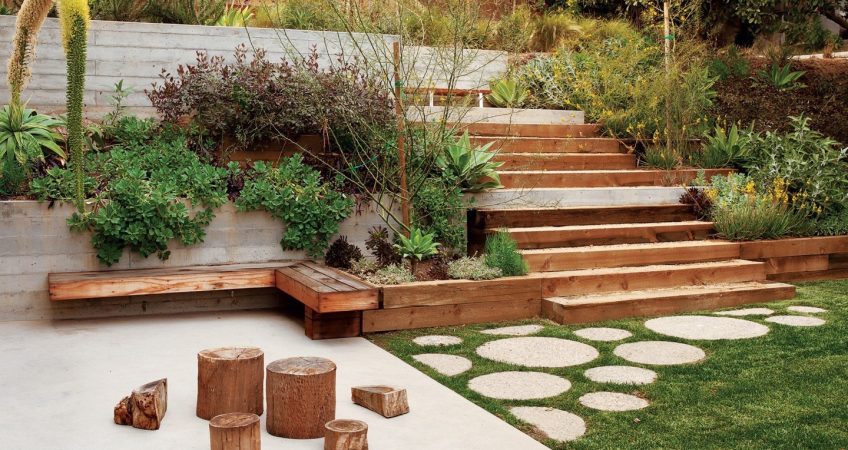Hardscaping is an essential aspect of landscape design, blending functionality and aesthetic appeal to create stunning outdoor living spaces. It involves the use of non-living elements, such as stone, wood, and concrete, to enhance the beauty and usability of your yard. This comprehensive guide dives into the art of hardscaping’s, highlighting its importance, diverse materials, and design tips for creating a captivating outdoor area.
Understanding the Importance of Hardscaping
Hardscaping is more than just an addition to your garden; it’s a crucial component that shapes the structure and flow of your outdoor space. It offers both practical and decorative benefits, from creating pathways and patios to adding retaining walls and water features. These elements not only define the aesthetic of your garden but also improve its functionality and durability.
The Functional Benefits of Hardscaping
Hardscape features like patios and decks provide ideal spaces for relaxation and entertainment, while pathways and steps improve accessibility around your garden. Retaining walls are not only visually appealing but also prevent soil erosion and manage water runoff, ensuring the health and longevity of your landscaping.
Enhancing Aesthetics with Hardscaping
Hardscaping plays a pivotal role in the visual appeal of your outdoor area. Elements like stone walls, wooden arbors, and concrete pavers add texture and contrast, complementing the softscapes of your garden. The right hardscaping’s can turn an ordinary backyard into a stunning retreat.
Choosing Materials for Hardscaping
Selecting the right materials is crucial in hardscaping. Each material offers a unique look and functionality, and the choice should align with your landscape’s overall theme and your personal style.
Natural Stone
Natural stone is a popular choice for its durability and timeless beauty. From flagstone pathways to limestone walls, natural stone adds an elegant, organic touch to any landscape.
Wood and Composite
Wood is ideal for decks, fences, and arbors, offering a warm, natural aesthetic. Composite materials provide a low-maintenance alternative, replicating the look of wood without the need for frequent upkeep.
Concrete and Pavers
Concrete and pavers offer versatility in design and color, perfect for creating custom patios, driveways, and walkways. These materials are durable, cost-effective, and can be molded into various shapes and patterns.
Design Tips for Effective Hardscaping
Effective hardscaping requires thoughtful design and planning. Here are some tips to help you create a harmonious and functional outdoor space:
Balance and Proportion
Ensure a balance between hardscaped and green areas. Too much hardscaping can make your space feel cold and unwelcoming, while too little may not provide enough functionality.
Integrate with Softscapes
Blend your hardscaping with the surrounding softscapes. Use materials and colors that complement your plants, lawn, and overall garden theme.
Focus on Quality
Invest in high-quality materials and professional installation. Well-executed hardscaping not only enhances the beauty of your space but also adds value to your property.
By mastering the art of hardscaping, you can transform your outdoor space into a beautiful, functional extension of your home.

